A type of sea snail, whelks are making their way onto restaurant menus.
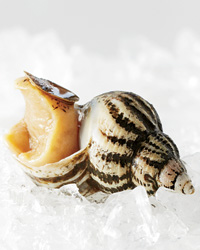
Like abalone, whelks are gastropods. There are more gastropod species (over 60,000) than bird and fish types combined.
Fishermen used to catch whelks by accident in lobster traps, but the rising demand means that fisheries have begun seeking them out.
As wild seafood stocks dwindle, fishermen and chefs are looking to diversify. Whelks are both abundant and easy to harvest.
Whelks are briny and a bit chewy, like clams; they’re good in chowder or simply steamed on their own. You can find them in Asian markets.
Tony Maws, the sustainability-minded chef at Craigie On Main in Cambridge, Massachusetts, serves whelks with striped bass and a daikon broth. Ben Pollinger of New York City’s Oceana makes whelk chowder with apple and pumpkin.
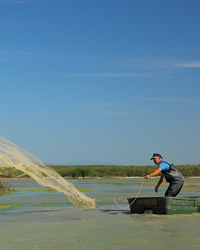
This 27,000-acre fishery produces seafood that meets the exacting standards of chefs like Thomas Keller. More similar to a nature preserve than a fish farm, Veta la Palma is a holistic ecosystem: The fish and shrimp eat naturally occurring plankton and algae instead of industrial feed. A hit with Spanish chefs, Veta la Palma’s sea bass and mullet are now imported to the US by Browne Trading, which sells to restaurants and home cooks. brownetrading.com.

“One of the best ways to fight overfishing is diversity: People must be willing to cook and eat species besides the most familiar ones, like cod, tuna and salmon. There are great alternatives out there, and they are often more affordable, like wild red drum fish and snook in the South, and arctic char, which is farmed in pens and is a great salmon alternative. Chefs can prime the pump by serving lesser-known species, but people have to be willing to order them. Try cobia on Monday, arctic char on Tuesday, branzino on Wednesday. Mix it up!” —Chef Rick Moonen of RM Seafood in Las Vegas
Paul Greenberg explains how the overfished red snapper is returning from the brink.
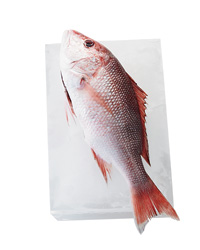
The first and only time I caught a red snapper, I was on my last leg—and, actually, so was the snapper. In the winter of 2001, I tore my Achilles tendon and moved to my grandfather’s retirement community in Palm Beach, Florida, to recuperate. After a month of physical therapy, I fled to the Gulf Coast for a fishing trip. I felt a savage strike on my bait and reeled in a gorgeous red snapper. The mate glumly released it. “Out of season and overfished,” he said. Over the last 50 years, fishing has depleted Gulf red snapper populations by 98 percent. And when they got scarce, all kinds of imposter fish ended up on menus in their place.
But red snapper may be on the mend. Beginning in 2007, the National Marine Fisheries Service instituted a “catch share” program in which commercial fishermen are preassigned a quantity of snapper they can land, ending the free-for-all frenzy of the past. Now, red snapper numbers have more than doubled. And a new program, “GulfWild,” guarantees authenticity by allowing consumers to trace an individual fish back to the boat that caught it. True, the recovery is ongoing, and the Monterey Bay Aquarium’s Seafood Watch still gives the fish an “Avoid” tag. But someday, red snapper may just swim its way out of the ER, and I might be able in good conscience to catch—and keep—another one.
Paul Greenberg is the author of Four Fish: The Future of the Last Wild Food.
Over 36 million copies of the aquarium’s Seafood Watch pocket guides are in circulation. The free app has been downloaded around 500,000 times. Six regional editions are updated every six months and include alternative picks for each species. There is also a version designed for people going to sushi restaurants and a glossary of fishing terms, like ”trolling“ and ”longlining.“ montereybayaquarium.org.
The MSC stamp on fresh or packaged seafood (which you’ll see at Whole Foods, Target and Costco) means that the contents come from a sustainable fishery that has passed the Council’s rigorous, often year-long assessment. msc.org.
Free of scientific jargon and full of recipe ideas, the institute’s guide (available via iPhone or text message, the Web and a PDF) is a smart pick for home cooks. blueocean.org.

Weber’s delicately wired new model has compact handles that fit inside a covered grill. From $25; weber.com.
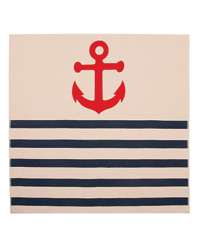
A fishing boat is optional with Thomas Paul’s Anchor Napkin. $16 each; velocityartanddesign.com.

Proceeds from designer Thomas Mann’s silver and pearl earrings go to Gulf of Mexico relief efforts. $130; thomasmann.com.
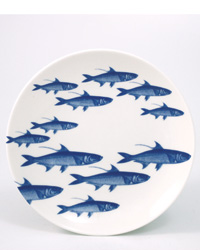
Caskata’s platter has a shimmering school of fish, accented in gold and platinum. $138; michaelcfina.com.
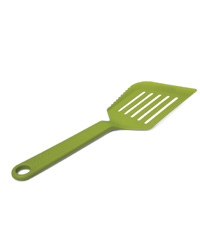
An oversize spatula with a sharp serrated edge is perfect for large fish. $8; josephjoseph.com.
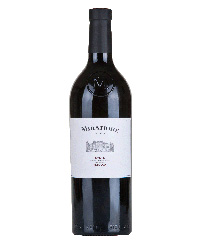 Courtesy of Casa E. Di Mirafiore
Courtesy of Casa E. Di MirafioreA tannic red works well with smoky roasted fish. Eric Larkee of Michael’s Genuine in Miami often serves the 2009 Casa E. di Mirafiore Langhe Nebbiolo with whole fish dishes that have been cooked in the restaurant’s wood-burning oven.
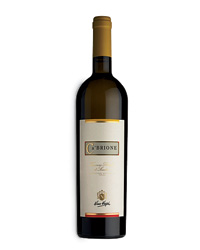
A buttery white is a natural for New England classics like lobster rolls. Tom Schlesinger-Guidelli of Boston’s Island Creek Oyster Bar likes the 2008 Nino Negri Vendemmia Ca’Brione Terrazze Retiche di Sondrio, a white blend from Lombardy.
“My go-to is the 2010 Dr. F. Weins Prüm Estate Riesling,” says Chuck Furuya of Hawaii’s D.K. Restaurant group. “It’s like biting into a cold slice of pineapple; it counters salt and spice and cools the palate.”
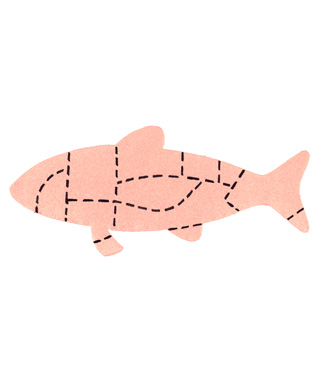
In the kitchen, we respect fish the same way we respect pig, by using the whole thing. For instance, we make fish headcheese, because there’s so much natural gelatin in fish heads. Sometimes our charcuterie board is entirely fish; we’ll put out a bluefish pâté, dogfish pastrami and bass headcheese. And if you deep-fry monkfish skin, it’s just like pork cracklings.” —Chef Richard Garcia of 606 Congress in Boston
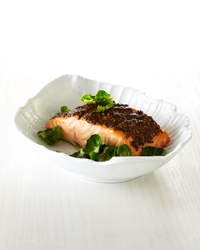
A guide to the complex world of sustainable seafood. Photo © Kate Mathis.
No comments:
Post a Comment